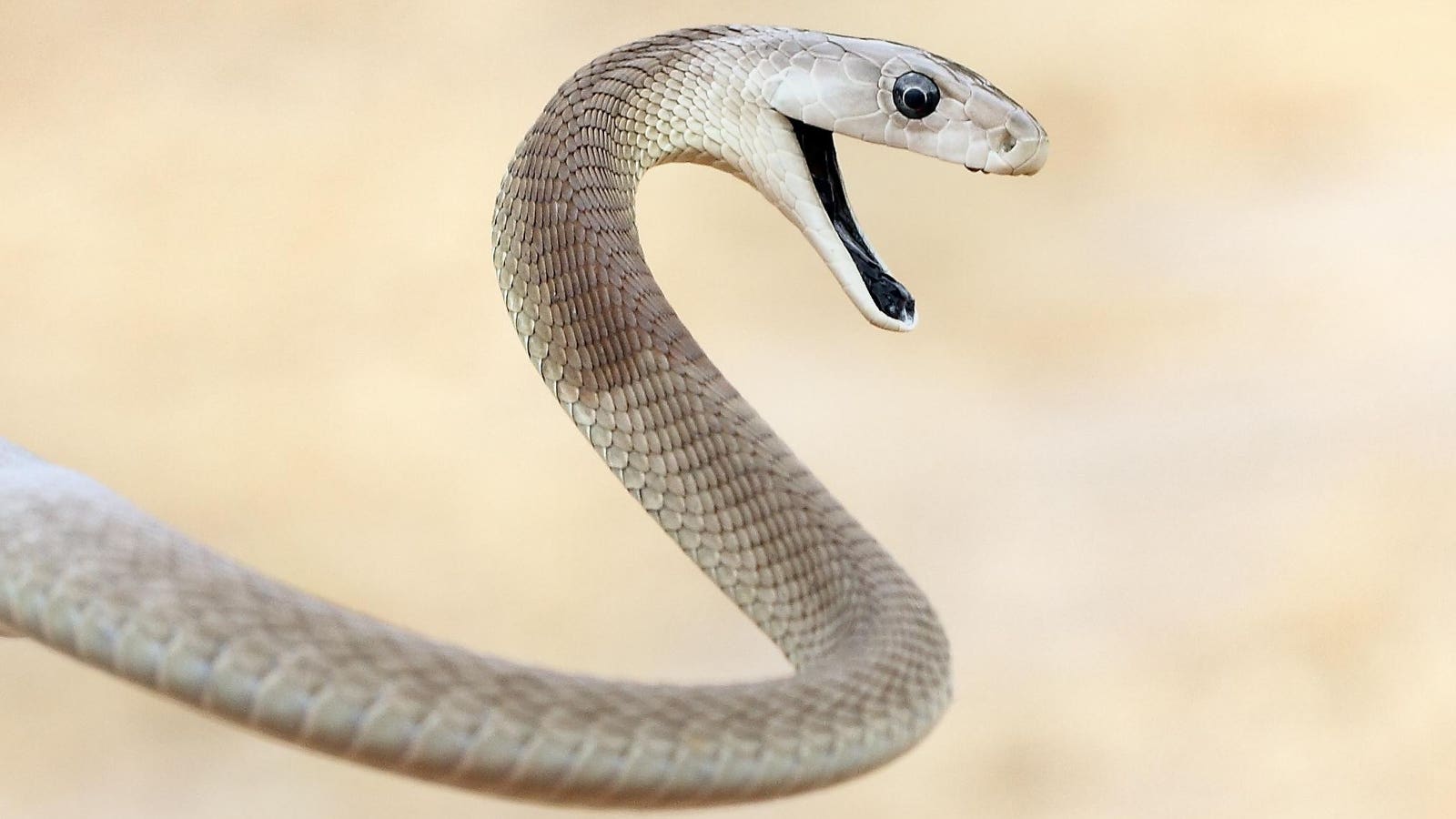NASA’s Curiosity Mars rover captured this view looking back down at the floor of Gale Crater from … More
Above is a sample of a spectacular new panoramic image created using images sent back from Mars by NASA’s Curiosity rover.
The rover — on its 4,447th Martian day (called a sol) when it took the image — landed in 2012 in Gale Crater near the planet’s equator. That crater was formed by an ancient asteroid impact and is about 93 miles (150 kilometers) in diameter.
Curiosity’s Epic Journey
For the last few years, Curiosity has been traveling slowly up Mount Sharp, within the crater. It’s about three miles (five kilometers) high and comprises many different geological layers — which is why Curiosity is there. From Mount Sharp, it can see a lot of Gale Crater, with what looks like mountains in the background of its panorama, below, actually the rim of the vast crater.
NASA’s Curiosity Mars rover captured this view looking back down at the floor of Gale Crater from … More
The image was captured on Feb. 7, 2025, using the telephoto lens on the rover’s Mast Camera. It can be downloaded in 19,506×3,191 pixel (62 megapixels) quality from NASA’s Jet Propulsion Laboratory, which built and now remotely operates the rover from 203 million miles (326 million kilometers) away.
The image took so long to return to Earth because Curiosity can only send data at a speed of 32 kbit/s, which is extremely slow compared to typical broadband speeds.
NASA’s Curiosity rover appears as a dark speck in this contrast-enhanced view captured on Feb. 28, … More
NASA Orbiter Spots Curiosity
Exactly three weeks after Curisoity’s exquisite panorama of Gale Crater, the robot itself was imaged by another robot flying above. Captured on Feb. 28 by the HiRISE camera on NASA’s Mars Reconnaissance Orbiter — which has been circling the red planet since 2006 — Curiosity appears as a dark speck, its tracks obvious behind it. They’re expected to dissipate within a few months as the famously strong Martian wind takes hold. Curiosity moves at a top speed of 0.1 mph (0.16 kph). “By comparing the time HiRISE took the image to the rover’s commands for the day, we can see it was nearly done with a 69-foot drive,” said Doug Ellison, Curiosity’s planning team chief at JPL.
During its tenure on Mars, Curiosity has detected methane in the atmosphere, complex organic molecules, finger-like rocks and even an “alien doorway.” The rover was launched from Cape Canaveral on Nov. 26, 2011, and landed inside Gale Crater on Mars on Aug. 6, 2012.
A self-portrait of NASA’s Curiosity Mars rover shows the robot at a drilled sample site called … More
Rain And Snow On Ancient Mars
The same week these two spectacular images emerged, so did a study that suggested that heavy rain once fell on Mars. The new study from geologists at the University of Colorado Boulder portrays Mars as relatively warm and wet billions of years ago, with rain feeding valleys and channels that shaped the Martian surface. “You could pull up Google Earth images of places like Utah, zoom out, and you’d see the similarities to Mars,” said research lead Amanda Steckel at the California Institute of Technology. Some water probably existed on Mars during about 4.1 to 3.7 billion years ago.
“Once the erosion from flowing water stopped, Mars almost got frozen in time and probably still looks a lot like Earth did 3.5 billion years ago,” said senior author Brian Hynek at the Laboratory for Atmospheric and Space Physics at the University of Colorado Boulder.
Wishing you clear skies and wide eyes.








